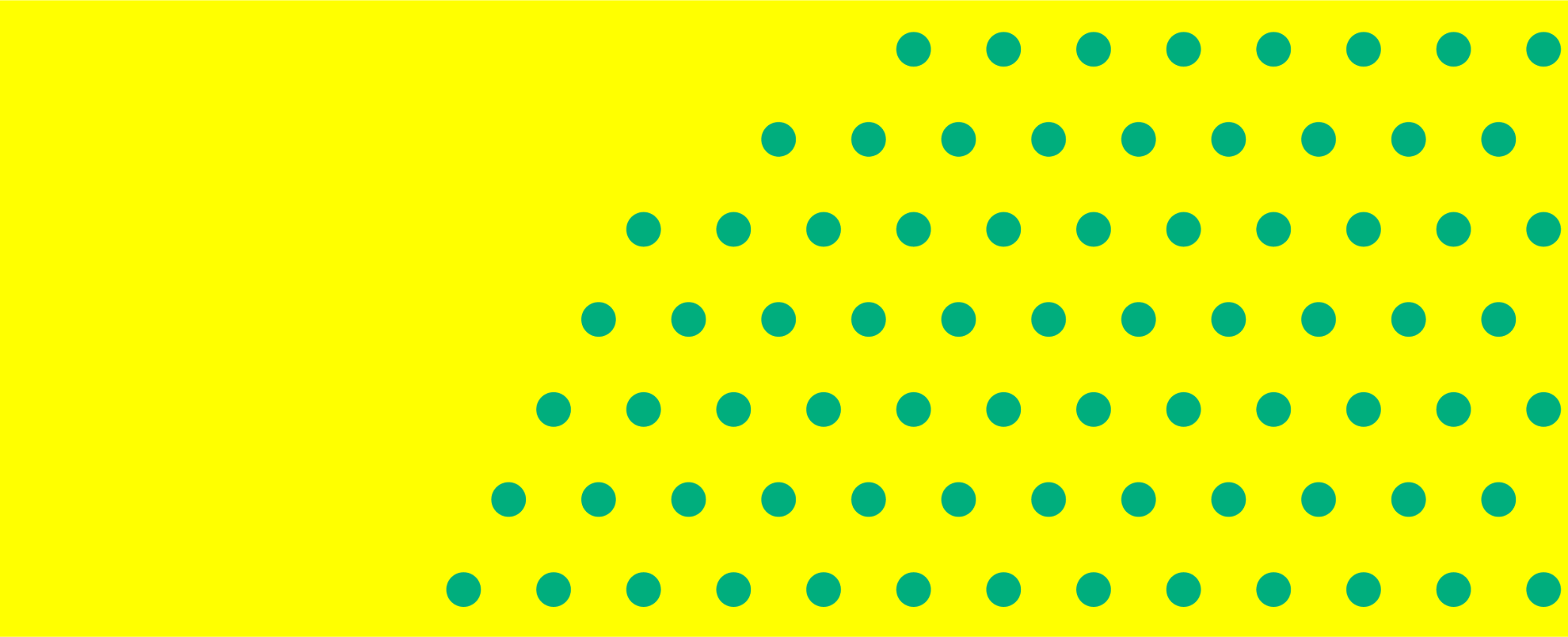Introduction
To give focus to creative endeavours, designers operate within constraints or boundaries. When the rules (policies, principles, and guidelines) themselves are designed – they are agreed upon and set by different entities, seeking to achieve a certain outcome.
“As designers, if we understand what influences regulations we can contribute to change the rules. Our main skill is creativity and we should not limit ourselves about how we execute it.”
- Helle Ullerup, Senior Service Designer, Philips
When we acknowledge that these guardrails are designed, we can start exploring how new sets of rules can be written and applied at any level of the system, and where necessary existing ones can be rewritten. Ultimately, we can accelerate change if the rules of the game make it easier for designers to incorporate the principles of a circular economy.
These policies, principles, and guidelines can come from different sources, many of which are relevant to and can be influenced by design leaders seeking to create a circular economycircular economyA systems solution framework that tackles global challenges like climate change, biodiversity loss, waste, and pollution. It is based on three principles, driven by design: eliminate waste and pollution, circulate products and materials (at their highest value), and regenerate nature..
At a pragmatic level, teams can use circular design guidelines to steer characteristics like material composition, durabilitydurabilityThe ability of a product, component or material to remain functional and relevant when used as intended., repairabilityrepairabilityThe ease with which a product or component can be repaired., and interoperability. They can help reduce ambiguity and navigate trade-offs during the development of new circular products and services.
“We set out our circular design principles articulating what circular design meant for DS Smith in our own environment. It took some of our past work on recyclability and recycled content, but evolved it to include forestry and governance, etc. We then trained all 700 designers on these principles who can now relate what they do to the ambition of the circularity journey for our customers.”
- Alan Potts, former Design & Innovation Director, DS Smith
Zooming out, most organisations will benefit from translating the principles of a circular economy so they connect with the organisation’s language, approach, and aspirations. Actors can bring together representatives from across business units, leadership, functions, entities, working groups, and roles to co-create organisational design principles to implement into day-to-day practice. For example, a food company may take the principle of ‘circulate products and materials’, and derive design principles that encourage the creation and use of upcycled ingredients, whereas a packaging company may focus on promoting reusereuseThe repeated use of a product or component for its intended purpose without significant modification.. At a higher level, the principles of the circular economy could inspire organisations to redesign their core values.
Zooming out further still, policy influences what designers create. A policy is in essence a set of rules that levels the playing field and help actors ‘speak the same language’, and can therefore have a powerful systemic impact. Many designers find themselves responding to policy directives, but others have the opportunity to influence policy itself, whether through business consortia, co-creation with the public sector, or increasingly through direct involvement with policy design.
Ultimately, these forces influence the design brief, which is the most established way for a designer to receive direction. Briefs shape how designers, engineers, and other specialists work – what gets prioritised and what gets made. So if we want to see more innovation that supports the transition to a circular economy, we need to rethink what’s on the design brief.
Getting the rules right takes time, energy, and resources as it’s a battle with the status quo, which means there will always be competing interests. Policies that impact many organisations, industries, or regions will entail a complex development process, due to the participation of representatives from a wide range of actors. However, they offer greater potential for alignment and systemic change. Policies at macro level also create a sense of reassurance for participating actors, as they can rely on the fact that everyone operates on a level playing field. For new players, it’s also easier to join forces as the constraints and standards become clearer.
These new policies, principles, and guidelines are a new brief – opening opportunities for creatives to deliver innovations that are fit for a circular economy that is regenerative by design and desirable to users. They help to align nations and industries around common circular economy goals – influencing the governance, ownership models, and financing mechanisms that can lead to systemic change. This also helps define what good looks like at different levels of the system, for example in a particular industry, organisation, or function.
How to approach it
Translate the circular economy principles
Internal: Translate circular economy principles into a set of design principles and guidelines at the organisational level, to apply a circular economy framework in the day-to-day design of materials, products, and services. Use participatory processes to bring together representatives from across business units, functions, working groups, leadership, etc. to co-create the principles and/or guidelines – generating internal traction and financial resources from the outset. Set clear definitions for each principle with supporting documentation (details, evidence, taxonomy (e.g. EU), and examples).
External: Keep in mind local, national, or international regulatory environments when designing circular design principles and guidelines. New legislation requirements such as the EU Ecodesign Directive that specify material composition requirements, reusability or repairability of products, or Digital Product Passport requirements are likely to impact which innovation areas are prioritised.
Audit existing portfolio projects
Internally: Analyse the organisation’s existing material, product, and service portfolios to create a baseline understanding of how the current offering supports the circular vision and strategic goals. Use the opportunity to test the circular design principles and guidelines, and identify what needs to change in order to shift the organisation closer to its goals. For example, IKEA assessed its 10,000 products on offer, “We clearly see that products made of fewer materials that can be separated easily are primed for circular flows. We also see that standardisation in types of fittings, finishes, and sizes, greatly aids the circular potential of a product.” Simon Skoog, Project Leader, IKEA at Inter IKEA Group
Externally: Explore circular economy activity beyond the organisation to research best practices and understand how innovations across different areas of circular material cycles are well suited to their context. This process can become a useful tool for inspiration, as well as a catalyst for discussion and further action to adapt the principles into different socioeconomic contexts.
Engage with practitioners
Internal: Engage with practitioners at every level of the organisation to stimulate awareness and support creatives in applying the principles and guidelines so that they become second nature, including creating the tools needed to enable them. Build awareness by hosting internal creative challenges, e.g. create a visual identity for the circular design principles. Build in feedback loops with design teams to iterate the circular design principles and guidelines to improve and refine them over time.
External: Engage with policymakers at local, national, and international levels to influence the regulatory conditions for design, e.g. by participating in design-led coalitions such as New European Bauhaus, and inform design practices internally by keeping close to future policy change that could influence design decisions. e.g. Right to repair.
"Since 2020, we have an Engagement Plan in place to actively influence the EU ecosystem. We engage with all the Directorates-Generals to create the right conditions for the circular economy to thrive by responding to policy polls and by playing a role in new coalitions such as New European Bauhaus, focused on designing inclusive and sustainable futures. We try to move constantly upstream and influence both policy makers and the capital side, the investors.”
- Martin Pauli, Global Circular Economy Services Leader, Arup
Examples
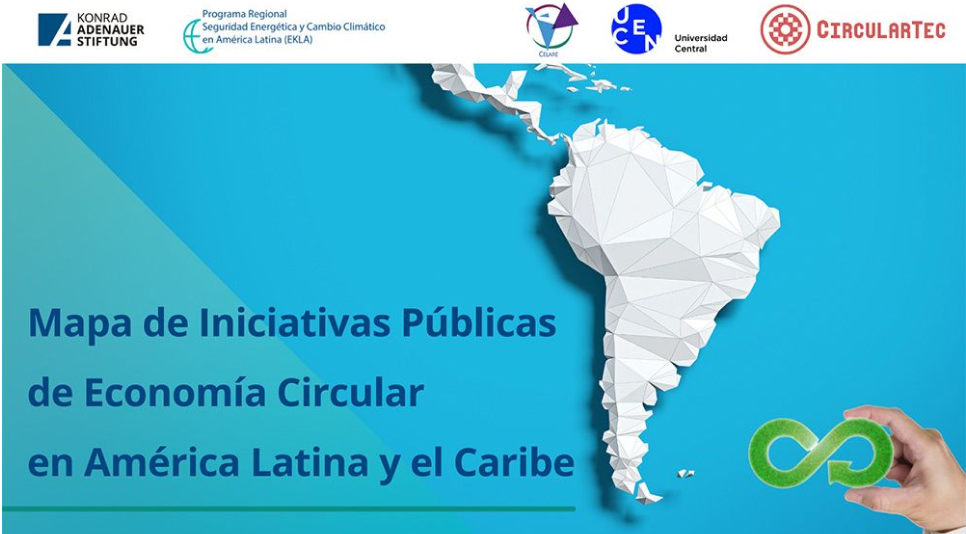
Latin America and Caribbean Public Initiatives Map
By: Latin America and Caribbean Coalition
Scope: Regional policy
Purpose: Map and monitor circular economy public initiatives in Latin America and the Caribbean
Approach: This platform is designed to generate dialogue and boost political decision-making processes on circular economy policy across the region. The map provides a consultation for each country’s circular economy activities, and enables a harmonised and aligned approach to circular policy design
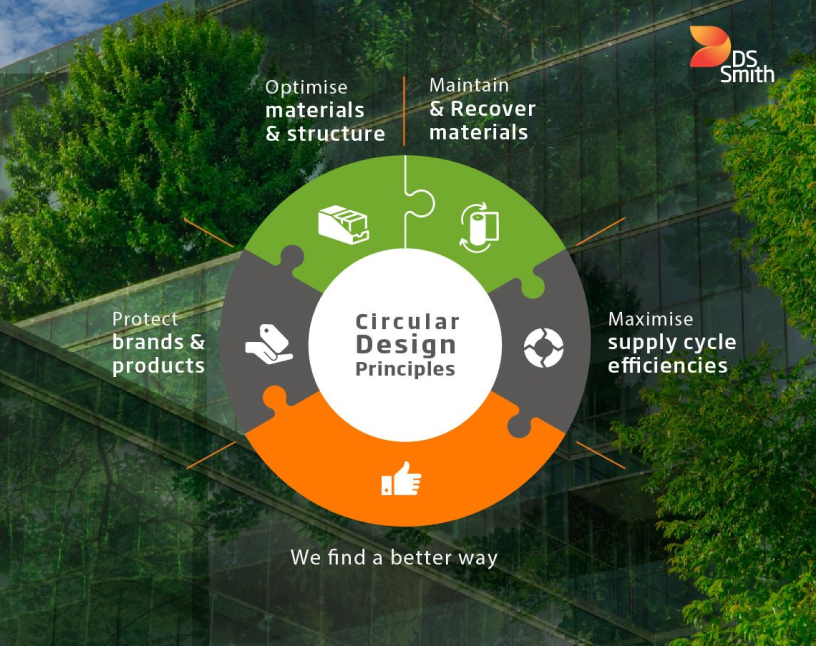
Circular Design Principles
By: DS Smith
Scope: Organisational principles
Purpose: Develop circular design principles to translate the circular economy framework into packaging solutions
Approach: Designers within the organisation designed five principles covering the creation, maintenance, and recovery of packaging. The circular design principles help to put the key strategic points into practice throughout the design process, and communicate with customers.
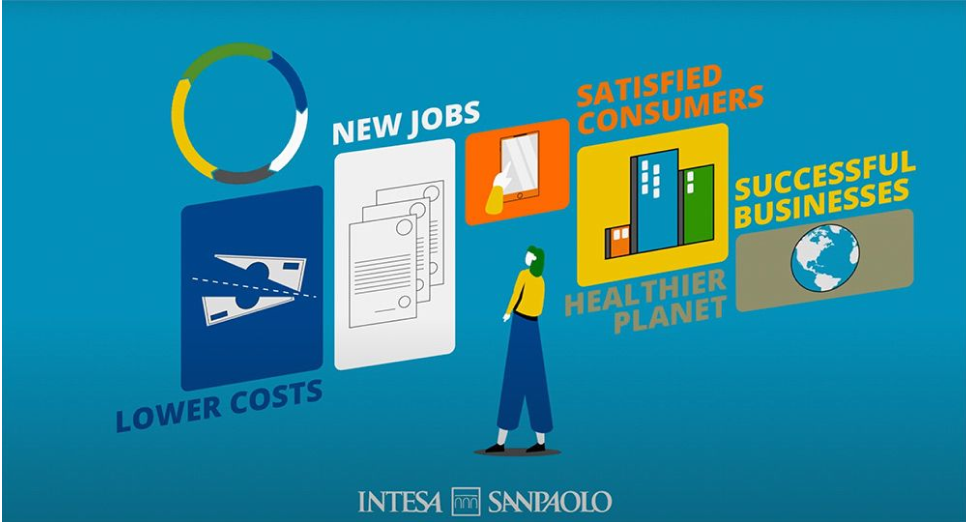
Financial Product Guidelines: eligibility criteria for the circular economy plafond credit facility
By: Intesa Sanpaolo
Scope: Financial product guidelines
Purpose: Develop guidelines that enable decision-making for financing new circular economy projects.
Approach: Each category within the framework explores eligibility criteria, intended benefits, and their relation to the Sustainable Development Goals. The five criteria cover extending product lifecycles, using renewable and/or recycled inputs, increasing effectiveness and efficiency of resource consumption, design for recycling and composting, and innovative technologies to enable circular business models. A team of circular specialists from Intesa Sanpaolo’s Innovation Center evaluates the circularity level of customer investments.

IKEA Circular Product Design Principles
By: IKEA
Scope: Product guidelines
Purpose: Develop design principles that translate IKEA’s long-term circular economy goals into product design criteria.
Approach: The circular product design principles are design criteria that enable the built-in circular capabilities for products to last as long as possible through convenient pass on, reuse, and refurbishment. The ultimate aim is that they eventually become resources for new products through remanufacturing and recycling
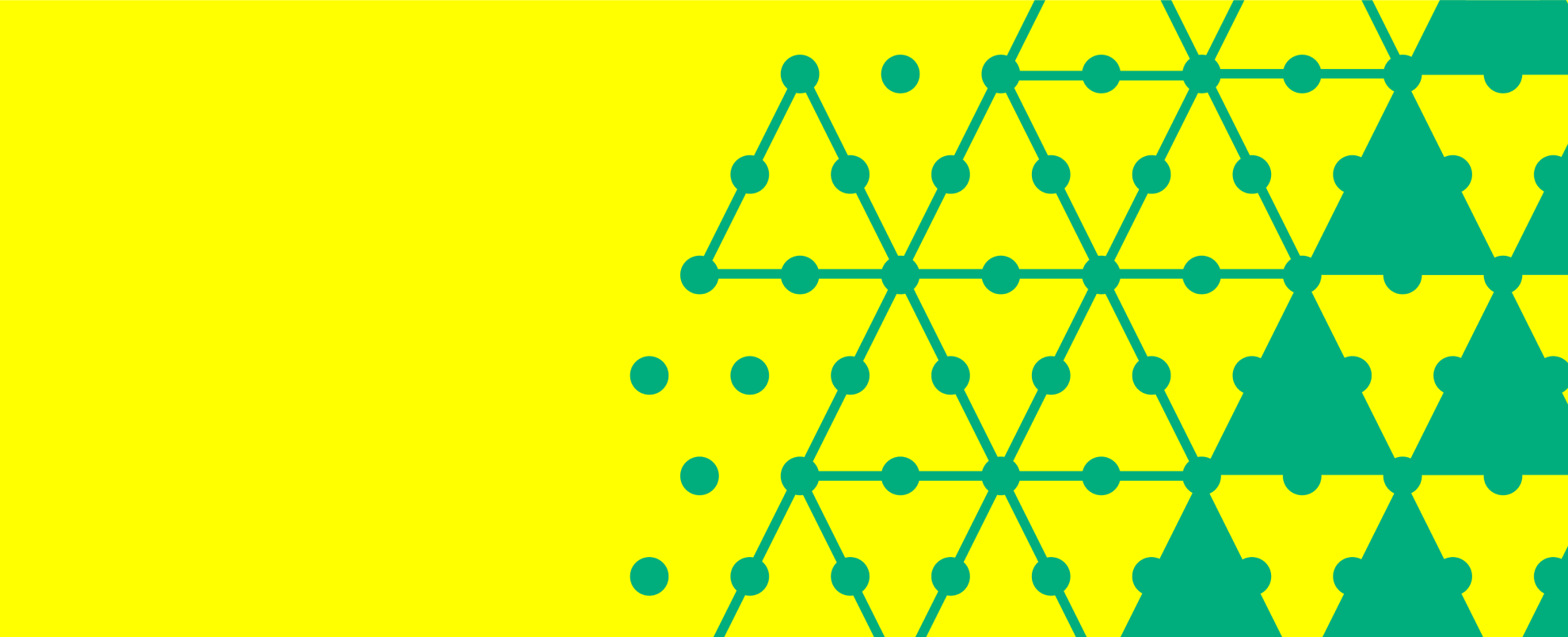
Next: Develop tools to design and evaluate
Developing the design tools needed to both make better decisions and to measure our progress.
